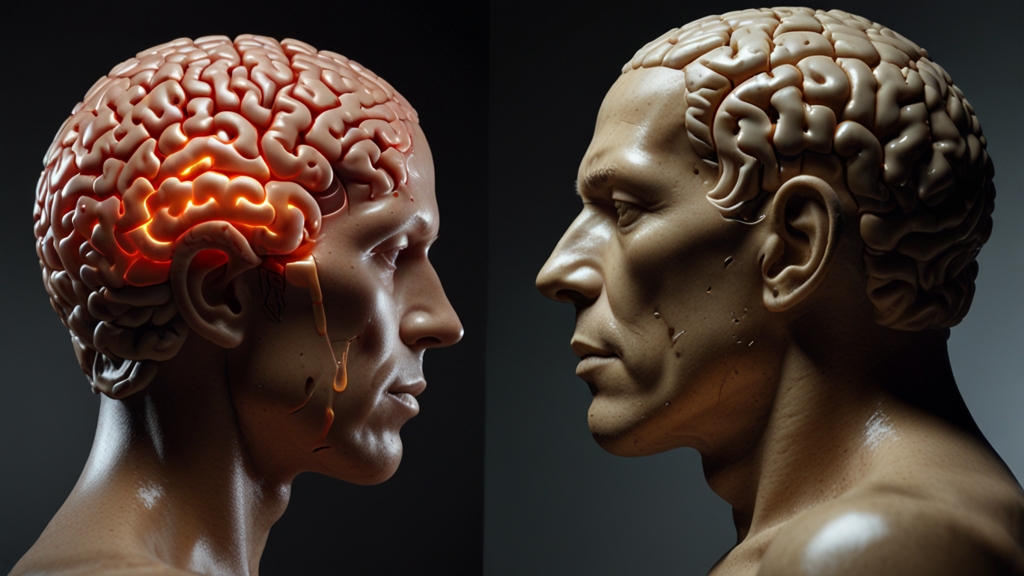Beyond Belief: The Miracles of Jesus That Changed History
The miracles performed by Jesus Christ, as outlined in the New Testament, have been a cornerstone of Christian faith for centuries. These extraordinary events transcended natural laws, leaving a profound impact on those who witnessed them and echoing through history in religious, cultural, and even philosophical dimensions. This article delves into the significance of these miracles, exploring their historical impact and enduring legacy.
Water Turned Into Wine
The first public miracle attributed to Jesus is the turning of water into wine at the wedding in Cana. This event is recorded in the Gospel of John and marks the beginning of Jesus’ public ministry. According to the story, when the wedding party ran out of wine, Jesus transformed jars of water into wine of the highest quality.
"When the master of the banquet tasted the water that had been turned into wine, he did not realize where it had come from, though the servants who had drawn the water knew. Then he called the bridegroom aside and said, 'Everyone brings out the choice wine first and then the cheaper wine after the guests have had too much to drink; but you have saved the best till now.'" - John 2:9-10
This miracle is not just a testament to Jesus’ divine power but also symbolizes abundance and the joyous nature of divine intervention. Over the centuries, it has been interpreted in various theological contexts, emphasizing themes of transformation and new beginnings.
Feeding the Five Thousand
Another significant miracle was the feeding of the five thousand, recounted in all four Gospels. In this story, Jesus used five loaves of bread and two fish to feed a multitude, demonstrating his compassion and ability to provide for physical and spiritual needs.
"Taking the five loaves and the two fish and looking up to heaven, he gave thanks and broke the loaves. Then he gave them to the disciples, and the disciples gave them to the people. They all ate and were satisfied, and the disciples picked up twelve basketfuls of broken pieces that were left over." - Matthew 14:19-20
The miracle of the loaves and fishes underscores Jesus' role as a provider and sustainer, themes which resonate deeply in Christian charity and communal practices. Historically, this miracle has inspired countless acts of generosity and feeding programs within Christian communities worldwide.
Raising Lazarus from the Dead
The resurrection of Lazarus is perhaps one of the most dramatic miracles performed by Jesus. According to the Gospel of John, Jesus brought Lazarus back to life four days after his death, emphasizing his mastery over life and death and foreshadowing his own resurrection.
"Jesus called in a loud voice, 'Lazarus, come out!' The dead man came out, his hands and feet wrapped with strips of linen, and a cloth around his face. Jesus said to them, 'Take off the grave clothes and let him go.'" - John 11:43-44
This miracle had far-reaching implications for early Christian theology, reinforcing the belief in resurrection and eternal life. The story of Lazarus has been a source of hope and inspiration for Christians facing persecution, offering a powerful promise of life beyond death.
Healing the Blind and the Lame
Jesus performed numerous healings, restoring sight to the blind, mobility to the paralyzed, and health to the sick. These miracles, accounted in various gospels, highlighted Jesus’ mercy and power.
One notable example is the healing of Bartimaeus, a blind beggar. As Jesus was leaving Jericho, Bartimaeus called out for mercy. Jesus responded and restored Bartimaeus’s sight, illustrating his readiness to help those in need.
These healings were not merely acts of compassion but also powerful symbols of spiritual enlightenment and renewal. They reinforced the idea that faith and divine grace can overcome physical and spiritual maladies, profoundly influencing Christian ministries dedicated to healing and care.
Conclusion
Throughout history, the miracles of Jesus have continued to inspire faith, hope, and charity. They are not only central to Christian teachings but have also resonated beyond religious boundaries, influencing art, culture, and ethics. These miracles invite believers and non-believers alike to ponder the possibilities of divine intervention and the profound mysteries that lie beyond human comprehension.
The enduring legacy of Jesus' miracles lies in their power to transform lives, fostering a sense of wonder and reverence that transcends time and culture. As such, they remain a testament to a narrative that is truly beyond belief.










